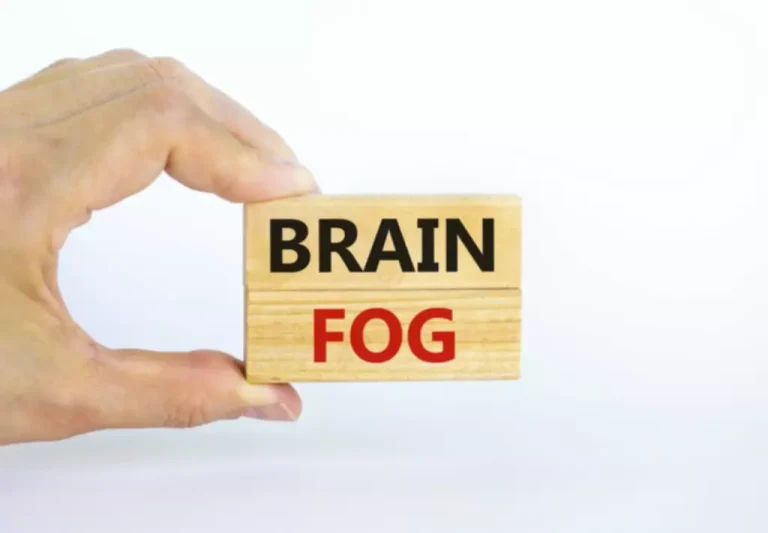
It should not be used in place of the advice of your physician or other qualified healthcare providers. To manage withdrawal symptoms and avoid relapsing during the detox process, many people benefit from medically assisted detox programs at addiction treatment facilities. This creates a safe, comfortable place for the person to rid their body of any substances they are on, while their health is monitored by medical professionals. Addiction is diagnosed on a spectrum from mild to moderate to severe. Some signs of hydrocodone addiction include taking more than intending to and prioritizing drug use over personal or professional responsibilities.
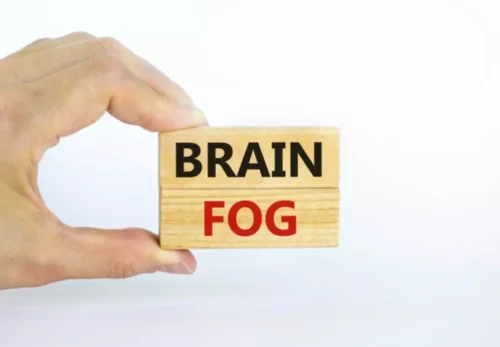
Medical
This medication has been prescribed for your current condition only. Do not use it later for another condition unless told to do so by your doctor. This product passes into breast milk and may have undesirable effects on a nursing infant (such as unusual sleepiness, difficulty feeding, trouble breathing, or unusual limpness). Older adults may be more sensitive to the side effects of this drug, especially confusion, dizziness, drowsiness, and slow/shallow breathing. When taken for a long time, this medication may not work as well and may require different dosing.
What Is the Usual Withdrawal Timeline?
If you undergo detox at a treatment center like one of The Recovery Village’s professional facilities, your doctors and staff will attend to any physical or mental discomfort during this time. Individuals battling Vicodin addiction are also susceptible to long-term mental health problems such as depression. If you are experiencing co-occurring disorders, both diseases can be simultaneously treated at rehab.
- Some of these programs use medications to help ease withdrawal, while others don’t.
- Snorting the drug can also cause you to permanently lose your sense of smell.
- Being informed about this drug and its potential effects can help people know when they need help to overcome hydrocodone abuse or addiction.
- You might receive up to 30 hours of therapy per week or as few as two or three.
Vicodin Uses, Effects, and Risk for Addiction
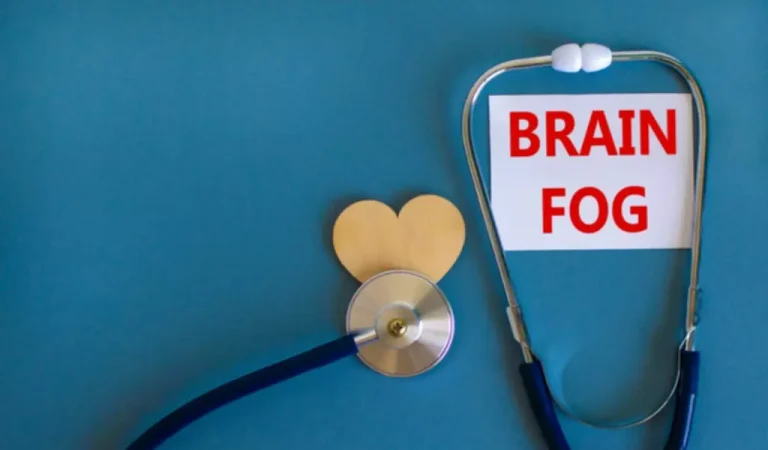
Hydrocodone is a prescription opioid painkiller that has a high potential for abuse. Read on to learn more about how hydrocodone works, what addiction looks like, and treatment options for opioid use disorder. Treatment for Vicodin addiction often begins with a detox program that uses medications to ease withdrawal is vicodin addictive symptoms. Detox programs at inpatient hospitals give you access to medical doctors and nurses around the clock. Once you withdraw from Vicodin, it’s important to enter a substance abuse treatment program.
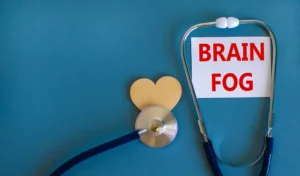
- If you believe you are addicted to the drug, seek professional assistance.
- Drug interactions may change how your medications work or increase your risk for serious side effects.
- Prior to the FDA lowering acceptable levels of acetaminophen in medication, Norco had the least amount of acetaminophen.
- Other medications can affect the removal of hydrocodone/homatropine from your body, which may affect how hydrocodone/homatropine works.
- Currently, however, it has the highest percentage of acetaminophen of the hydrocodone variants.
According to the National Institute on Drug Abuse, these medications relieve drug Oxford House cravings and prevent other withdrawal symptoms. People often abuse hydrocodone repeatedly for its euphoric effects, which can increase their tolerance to the substance. As their tolerance grows, they need to take increasingly higher doses of the drug to achieve the desired effects.
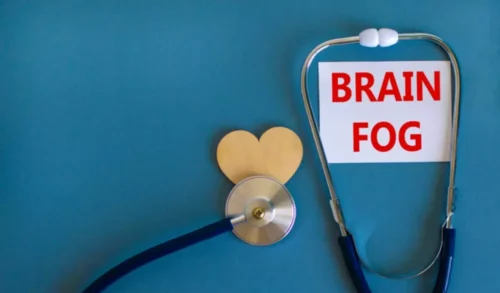
Hydrocodone addiction recovery
Do not drive, use machinery, or do anything that needs alertness or clear vision until you can do it safely. If you notice other effects not listed above, contact your doctor or pharmacist. Once treatment is complete, you can’t assume you’re sober, and that life will be easy. Unfortunately, the problems in your life that were present while you were using don’t disappear because you took a new path. Treatment equips you to battle these challenges sober, but you must manage it to remain that way through aftercare.
- Withdrawal is more likely if you have used this medication for a long time or in high doses.
- When used correctly and for only a short period, hydrocodone is usually safe and effective.
- Ongoing use of the medication can cause physical dependence, increased tolerance, and an increased risk of addiction.
- Your doctor can discuss the best treatment options for you and help you weigh the risks and benefits of hydrocodone use.
- Products containing acetaminophen are widespread and often available over-the-counter, including Tylenol and cough, cold and flu treatments.
- They can work with you to avoid developing a hydrocodone addiction.
- Hydrocodone overdose occurs when a person takes more of this medication than their body can safely manage.
Vicodin is a prescription painkiller developed for the relief of moderate to severe pain. It is a prescription tablet of hydrocodone and acetaminophen (the active ingredient in Tylenol). The hydrocodone in Vicodin is a synthetic opioid, which activates the same neurotransmitters as opiate drugs such as heroin. Because pure hydrocodone has a higher risk of abuse than Vicodin, Norco, and Lortab, it is generally only prescribed for severe pain.
